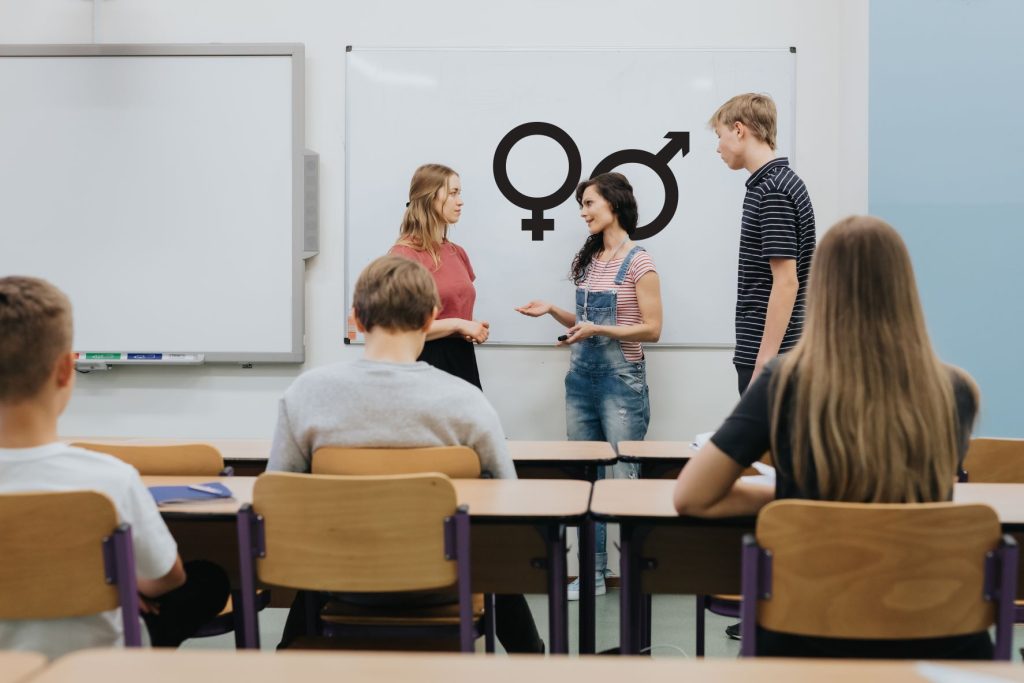Teenagers are the most common cause of motor vehicle accidents. It is vital that teens are educated about the dangers of driving. Parents can be active in teaching their children safety on the roads. Safety on the road can be protected by proper use of seat belts, and avoidance of dangerous behavior.
Proper seat belt use
It is important to educate people about proper seat belt use in order to prevent young car accidents. Research has shown that seat belts could have saved 374,276 lives from 1975 to 2017.
Non-seatbelt wearers are at greater risk of death in a car accident. This is especially true for teens. According to the National Highway Traffic Safety Administration (NHTSA), nearly half of fatally injures drivers and passengers don’t wear seat belts.
There are other risky actions that can be linked to not wearing a belt. It is also associated with more traffic violations. Studies show that nighttime drivers are less likely to wear seatbelts than daytime drivers.
People who live in rural areas are twice more likely to not wear a seatbelt than those who live in urban areas. Males are three times more likely than females to not wear a belt.
Enhanced enforcement programs increase officers on patrol and reduce the average number issued of citations per officer. These programs have been proven to increase seat belt use.
Teens are at the highest risk of being involved in motor vehicle crashes. A 2011 survey found that more than half of teens who died from car crashes in 2011 did not wear seat belts.
For preventing the car from being thrown out of a crash, it is important to use seat belts. A crash will result in an unbelted passenger being thrown from the vehicle and likely to fall onto the pavement. He or she will also be a deadlier projectile in a crash than a person who is properly wearing a seat belt.
Influence of parents
Education is the best way to reduce teen driving. Abogados de Accidentes Santa Ana play a crucial role in helping their teenagers become safe drivers. These programs have the ultimate goal to reduce teen crashes. Parents are often ambivalent about teen drivers.
Parent-focused programs provide unique opportunities for effective interventions. Parents can use persuasive messages to encourage teens to adopt safer driving habits. The message must be tailored to maximize effect in order to be effective.
A new study suggests that increasing parental limits on teen driving can be effective. Teens in an intervention group reported significantly higher levels of restrictions than those in a comparison group. These limits are monitored in ongoing follow up assessments.
The risk of a crash is greatest in the first year of a teenager’s driver’s licence. Many factors contribute to a teen’s crash risk. Fatigue, limited visual information, risk-taking, and other factors all contribute to teens’ crash risk.
A teenager’s first major achievement is getting a driver’s licence. It can also be a dangerous time. Teen drivers need adult guidance to improve their driving skills.
Combining parent-focused education with a graduated driving license (GDL) program is possible. GDL programs help teens learn the skills to drive independently. They can also be used to help parents reduce teen driving.
Although parent-focused programs are beneficial, more research is needed in order to determine their effectiveness. Further research is needed to determine the relationship between parenting behavior and teen driving.

The Checkpoints Program is a conceptually-based educational intervention that aims to reduce teen driving risk. It uses persuasive messaging to reach parents.
Driver feedback – Abogados de Accidentes Santa Ana
A comprehensive approach to preventing youth car accidents involves a combination of strategies. These include driver education and safety measures. Ideally, these programs should combine to create a coordinated behavioral influence program that can change teen drivers’ behavior.
Parents can influence the actions of teens during this critical period. Parents can also help to set and maintain clear expectations for safe driving. The key is to make a Parent-Teen Driving Agreement. This should be updated as the teen’s driving experience increases.
Technology can also be used to promote safer driving. Technology can be used to detect if a driver is speeding or leaving the lane. It can also alert the driver to correct their speed.
While some technologies are more effective in preventing impaired drivers from operating their vehicles, others pose risks. While many drivers are adaptable, the overall impact of new technology on drivers’ safety could be small.
Safe driving is best promoted by teaching teens the rules of the road. Teens who are going to drink should not drive. They should not text while driving. In addition, limiting teen passengers is a good way to protect young drivers from crashes.
Another way to promote safer driving is to have teens participate in supervised driving. Research shows that certain components of supervised driving, like visual feedback, can improve a teenager’s ability to recognize dangers and react accordingly.
A black box that tracks driving performance is one the most innovative technologies on the market. This device is not widely accessible, but the data it collects can be very useful in improving safety.
Unintentional injuries
It’s important to educate teens about the risks associated with driving. Many youth car accidents can easily be avoided. There are many ways to do it. A Parent-Teen Driving Agreement can help parents get their kids onto the road safely.
According to the CDC, about 2,400 teens were killed in motor vehicle accidents in America in 2019. In addition to fatal crashes, injuries in these crashes are the cause of thousands of emergency room visits each year.
While most of these injuries were minor, the CDC suggests implementing safety measures to reduce these types of injuries. Teens should use seat belts. Teens are more at risk due to their inexperience and impulsiveness behind a wheel.
The CDC supports evidence-based programs that prevent youth injury. These include physical assault prevention at schools, gun violence prevention, and motor vehicle injury prevention. Other efforts include legislative interventions, engineering, and environmental modification, as well as education.
The CDC also promotes research and funding opportunities for youth injury prevention efforts. The CDC offers technical assistance and support to several state coalitions that are involved in youth injuries prevention.
Education and resilience are key to preventing future accidents. Before their teens get their drivers license, parents should talk to them about the dangers involved in driving. Talk to your friends and peers about how you can make a positive difference for youth road safety.
Parents can help their children stay safe by establishing rules and regulations for their driving. Teaching teens how to use proper tires can help reduce their risk of being in a crash. If you don’t know where your teen can get a good tire, take them to a trusted local tire shop.
Motor vehicle accidents are the leading cause death for teens
Teenagers are most likely to die in motor vehicle accidents. In 2013, crashes caused more than 350,000 injuries and $10 billion in injury costs.
Teenagers are at greater risk of being involved in a crash than adults of any age. This is due to the fact that teens have less driving experience and are more likely to take risks while driving. The CDC estimates that over 2,400 teenagers died in motor vehicle crashes in 2019.
Teen drivers can be injured or killed by a variety of factors. Speeding, distracted driving and alcohol consumption are some of the most common reasons teens get into accidents. Graduated driver licensing programs can control many of these factors.
Graduating driving programs have been shown to reduce teens’ crash risk by as much as 50%. These programs allow teens the opportunity to learn safe driving habits at a slower pace. They also limit nighttime driving and driving with passengers.
Teens are also more likely to be involved in crashes if they are not wearing seat belts. According to the CDC, a majority of fatally injured young drivers and passengers were not buckled up.
A majority of fatal car accidents for teenagers occur during the evening and weekend hours. In the first half of 2012, 240 16- and 17-year old drivers were killed in car crashes. 18% of fatally injures drivers had BACs above 0.08%.
Teenagers are more likely to make critical decisions and underestimate the severity of dangerous situations. They are more susceptible to being distracted from other factors, like cell phones and music.
Peer pressure can also lead to teens getting involved in crashes. Peer pressure can make teens more inclined to accept risky behavior like drunk driving.

